A quick few scenes from Miami Beach while I’m on the road. On South Beach there were plenty of bodies in the surf (more on those later), plus this classic car.
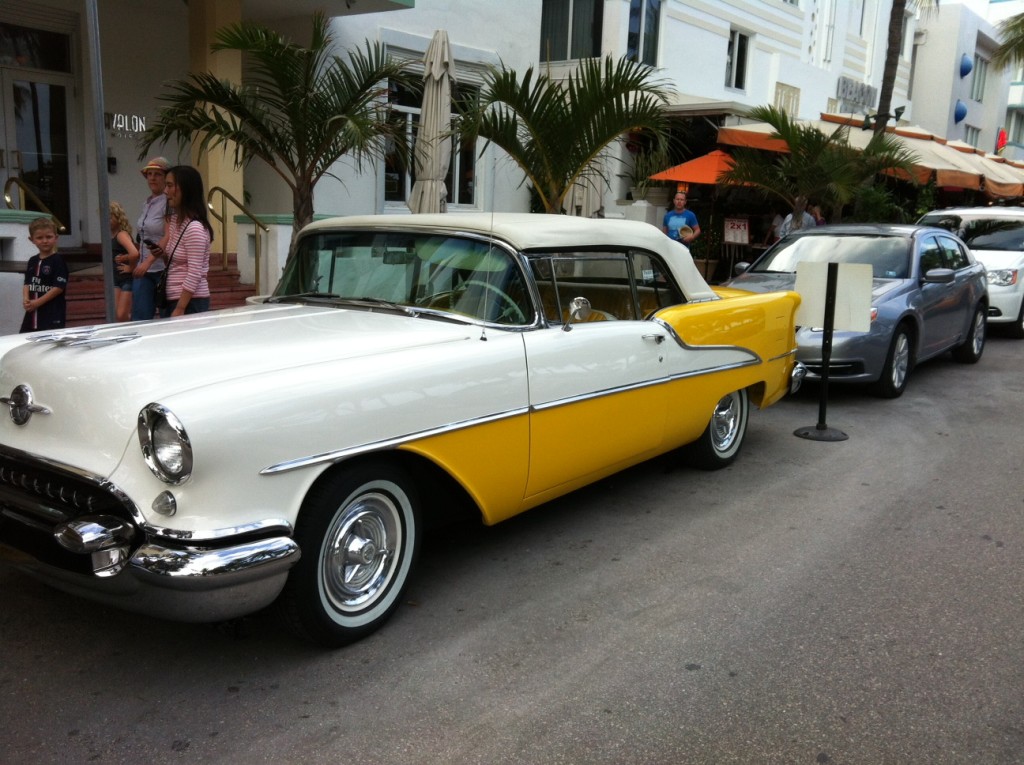
Some Art Deco buildings…
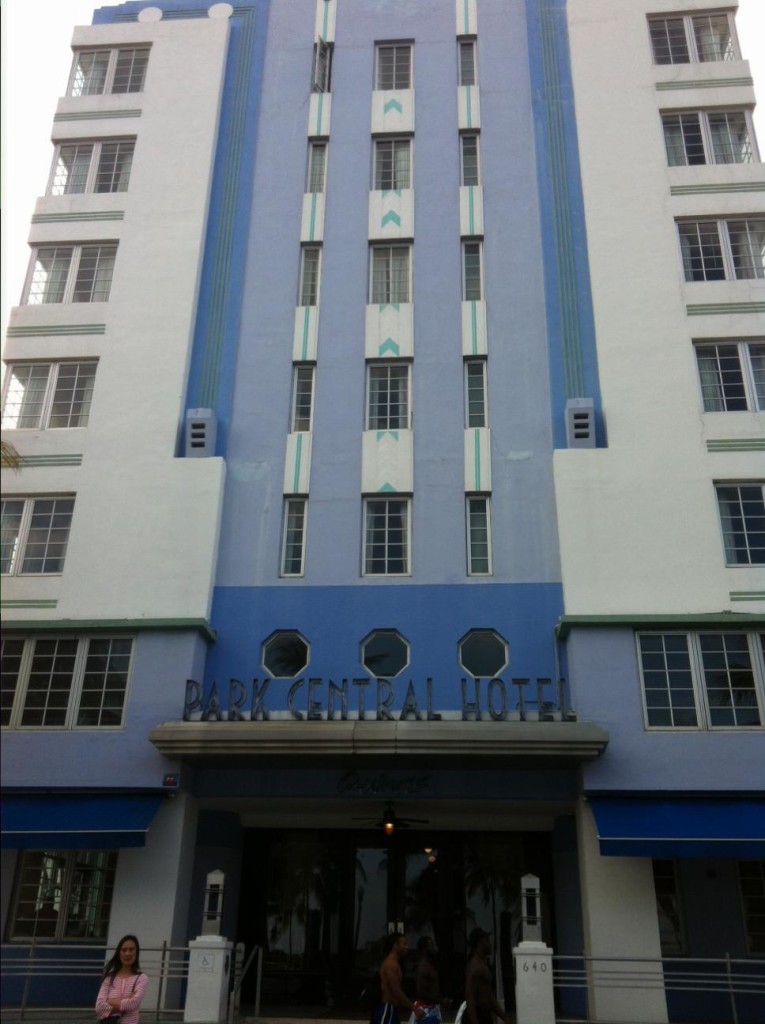
A powerful Holocaust Memorial (more on this later too)…
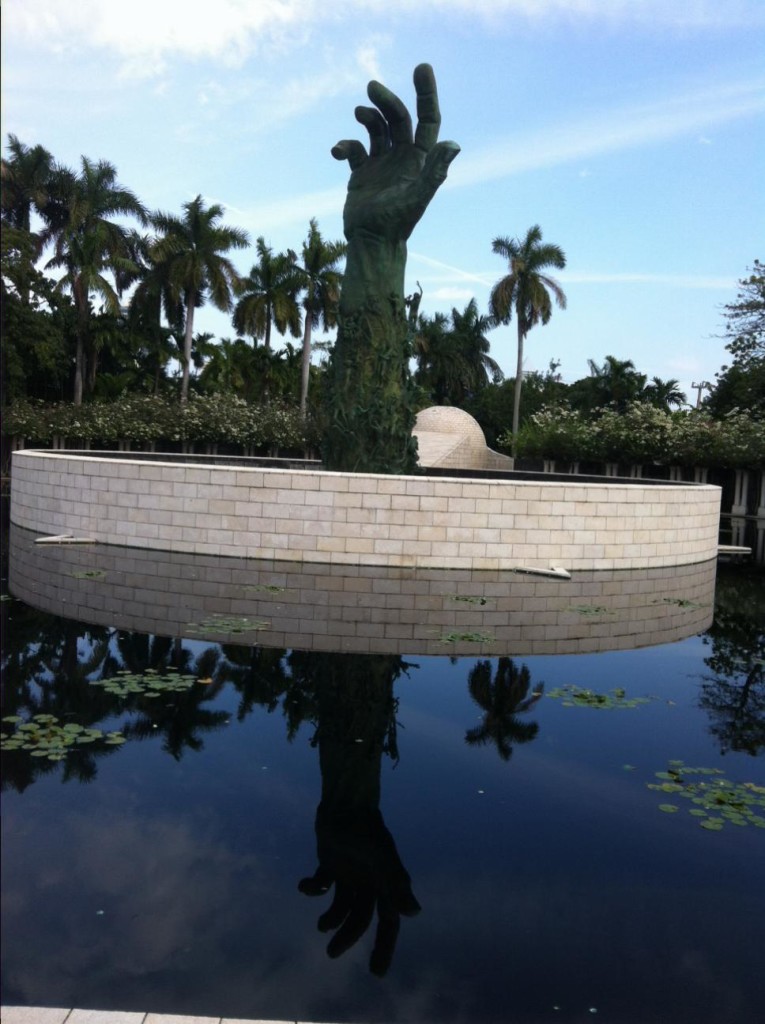
And a Freedom Tower.
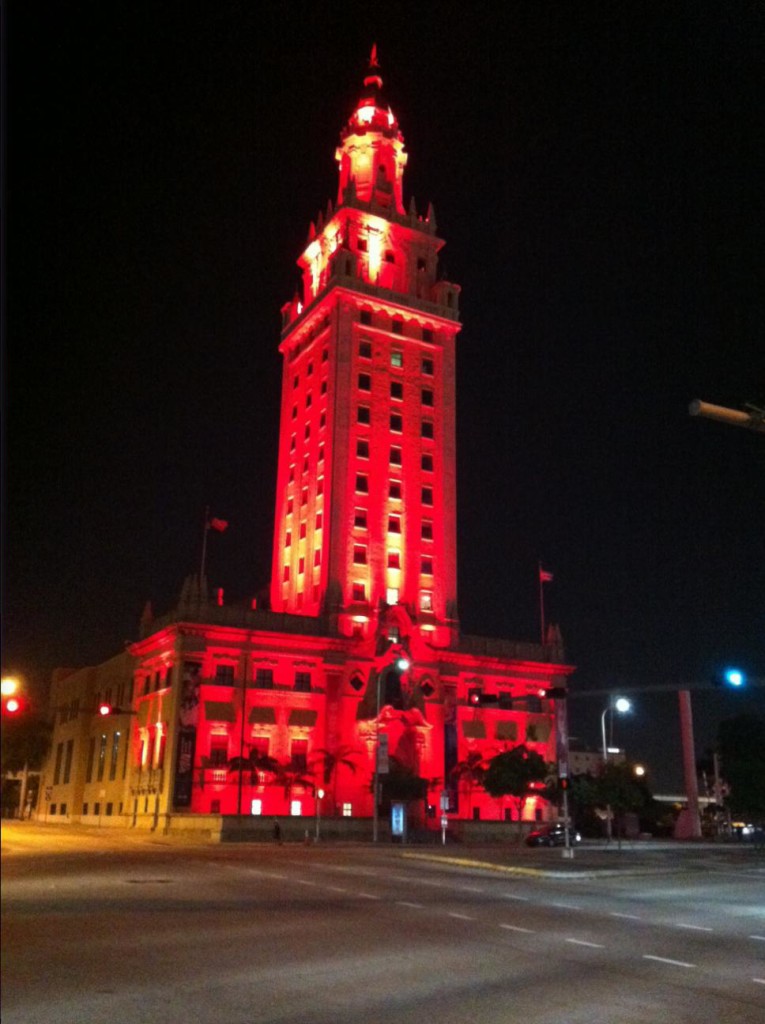
More after I can get to a computer.
Category: Travel
Of Alligators, Hemingway, and Lincoln Assassins
As noted in my 2015 preview post, it’s time for some science traveling. First stop is up to my knees in alligators, some communing with the ghost (and drink) of Ernest Hemingway, and a visit to the home of four Lincoln assassination conspirators.
Yup, Florida.
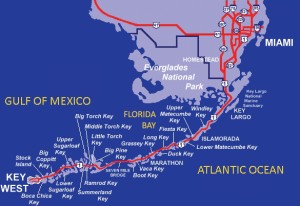
While I once gave a keynote lecture in Fort Lauderdale, I’ve somehow never made it into Miami. This trip will start with one afternoon and night in South Beach and Little Havana before heading out to Everglades National Park. The next two days will include some hiking, birding, touring, and other adventures in Shark Valley, the drive to Flamingo, and perhaps a slough or two. I’m sure there will be alligators, but I’m also hoping for a glimpse of the endangered Florida panther.
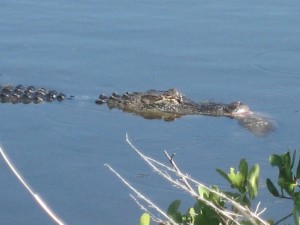
The next two days will include treks out to Biscayne National Park and Key Largo, the latter of which always reminds me of the classic movie starring Humphrey Bogart and Lauren Bacall. John Pennekamp Coral Reef State Park is definitely on the list of activities, along with more birding and snorkeling.
And then on to Hemingway, which means Key West, of course. There will be plenty of stops on the smaller keys (and Big Pine Key), before reaching the end of the islands. Key West should give plenty of opportunity for viewing nature, not to mention viewing the nightlife along Duval Street.
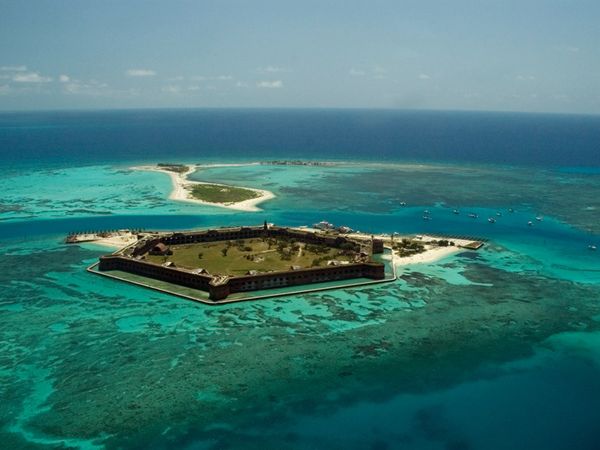
Ah, but this isn’t actually the end of the islands, is it? We’ll be boarding a float plane for the 70 mile flight over reefs, wrecks, and right whales to reach the Dry Tortugas National Park. Fort Jefferson, the park’s major feature, once held the four men convicted of the assassination of Abraham Lincoln (the four that were not hung, obviously). I’ve even been assigned a project – take photos of the site from the air and land for the Lincoln Archives Digital Project.
I’ll likely take a lot of photos during this trip and will update from the road if possible. Look for a fuller story and photos (and videos) when I return.
David J. Kent is an avid science traveler and the author of Lincoln: The Man Who Saved America, now available. His previous books include Tesla: The Wizard of Electricity and Edison: The Inventor of the Modern World (both Fall River Press). He has also written two e-books: Nikola Tesla: Renewable Energy Ahead of Its Time and Abraham Lincoln and Nikola Tesla: Connected by Fate.
Check out my Goodreads author page. While you’re at it, “Like” my Facebook author page for more updates!
Follow me by subscribing by email on the home page. Share with your friends using the buttons below.
Science Traveling – 2015 in Preview
Expect to see a few changes on Science Traveler in 2015. I’m looking at a new landing page, new focus on current and upcoming books, and a greater emphasis on science traveling itself.
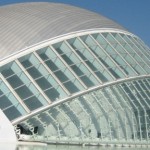
This past year had some great traveling – Argentinian glaciers, Giant Sequoias, and quaint villages. There was also my annual science conference (Vancouver) and my first of what will be annual Lincoln conferences (Gettysburg). The year 2015 will see me in at least three new countries…and a rock in the middle of nowhere.
The rock is where I start. Next week I’ll fly to Miami, then drive out to the Everglades, snorkel in Biscayne Bay, drive all the way to Key West, and board a float plane to get to the rock – Fort Jefferson in the Dry Tortugas. Not only is the reef beautiful, but the place is where the four convicted conspirators from Abraham Lincoln’s assassination were imprisoned (the ones that weren’t hung). So the trip is both science and Lincoln, always a great combination.
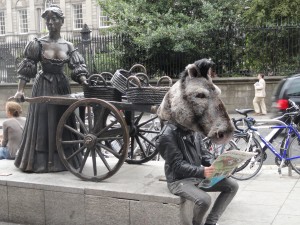
The following week will find me in New York City doing some research for the next book. I may be back in The City in April for a writing conference.
Early June (or perhaps late August) should see me in Scandinavia. When I was living in Brussels I saw a lot of Europe, including Finland, but I never made it to Norway, Sweden, and Denmark. This year I’m making it. Details are still being worked out and should include Stockholm, Copenhagen, and Oslo, as well as a train/boat/bus/train adventure through the mountains and fjords on the way to Bergen.
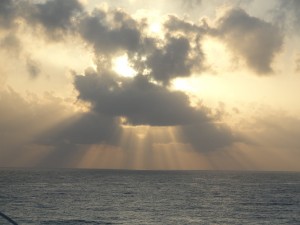
After my annual trip to New England to visit parents and old high school friends in July, October should see us in China (and some other country yet to be determined). November could be Salt Lake City and environs for a combined SETAC and science traveling jaunt, plus back to Gettysburg for the Lincoln Forum. [Update: Within the last few minutes the possibility arose of going to Montreal during my New England trip, with a stop at Tesla’s birthday event on Long Island on the way back.]
Somewhere in the year I need to squeeze in a research trip to Chicago/Springfield (Illinois), some other off-the-beaten-path trip (Mt. Rushmore?), and, hopefully, a few more science traveling adventures. Check back for more details, as well as photos and stories from the road.
2015 will also see me preparing more travel articles for publication, beginning with the great experiences emanating from Argentina. Look for more science traveling articles in magazines.
Finally, if you missed them, the latest articles in Hot White Snow, The Dake Page, and here on Science Traveler cover Reading is Fundamental, Welcome to a Critical Year in Climate, and Abraham Lincoln Book Acquisitions.
See you again shortly.
David J. Kent has been a scientist for over thirty years, an avid science traveler, and is the author of Tesla: The Wizard of Electricity and the e-book Nikola Tesla: Renewable Energy Ahead of Its Time.
Follow me by subscribing by email on the home page. And feel free to “Like” my Facebook author’s page and connect on LinkedIn. Share with your friends using the buttons below.
Rounding Up the Week in Science, Sushi, and Season
The annual holiday season brings many recurring events – reflections on the year gone by, get-togethers with family and friends, and the inevitable gaining of a few extra pounds. It’s a busy time of year, but science and sushi continues unabated. In case you missed it, here’s a quick recap:
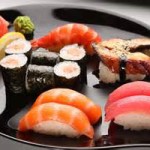 Hot White Snow featured two articles. Dreaming of Sushi reflects on a documentary about Jiro Ono, an octogenarian sushi master, whose exclusive restaurant in the Ginza is tops on my list next time I’m in Tokyo. That We Here Highly Resolve, inspired by Abraham Lincoln’s famous words in the Gettysburg Address, takes a look back at New Year’s resolutions…and a look forward to future plans.
Hot White Snow featured two articles. Dreaming of Sushi reflects on a documentary about Jiro Ono, an octogenarian sushi master, whose exclusive restaurant in the Ginza is tops on my list next time I’m in Tokyo. That We Here Highly Resolve, inspired by Abraham Lincoln’s famous words in the Gettysburg Address, takes a look back at New Year’s resolutions…and a look forward to future plans.
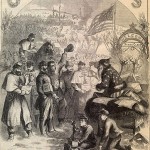 Lincoln’s Christmas gift – and the role of Santa Claus in Civil War propaganda – get some attention on the Smithsonian Civil War Studies online newsletter and here in Science Traveler. The gift – a coastal city in the South. The propaganda – Thomas Nast introduces the version of the jolly old elf that we’ve come to know so well today.
Lincoln’s Christmas gift – and the role of Santa Claus in Civil War propaganda – get some attention on the Smithsonian Civil War Studies online newsletter and here in Science Traveler. The gift – a coastal city in the South. The propaganda – Thomas Nast introduces the version of the jolly old elf that we’ve come to know so well today.
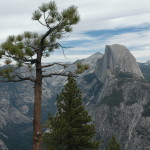
Abraham Lincoln also played an important role in another icon of American history – the establishment of Yosemite National Park. Set aside by Lincoln in 1864, the Yosemite Grant provided federal protection for Yosemite Valley and the Mariposa Grove. Initially run by the new state of California, Yosemite later became a National Park through the efforts of John Muir and Robert Underwood Johnson.
You might recognize that last name. This is the same Robert Underwood Johnson who, as editor of Century Magazine, published the first serialization of Lincoln’s life by John Nicolay and John Hay. Johnson would also become close friends with a certain Nikola Tesla (as would Muir).
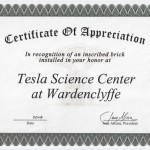 Which gets us to Tesla in 2014 and Beyond. Nikola Tesla had a great year, including major progress on the rejuvenation of Wardenclyffe into a science center and museum. Science Traveler will be right there under your feet as you stroll the grounds after renovations are completed. Yes, I bought a brick for Nik. And you can too. You can also join Tesla fans and researchers at the 3rd Annual Tesla Memorial Conference coming up on January 11th in the New Yorker Hotel.
Which gets us to Tesla in 2014 and Beyond. Nikola Tesla had a great year, including major progress on the rejuvenation of Wardenclyffe into a science center and museum. Science Traveler will be right there under your feet as you stroll the grounds after renovations are completed. Yes, I bought a brick for Nik. And you can too. You can also join Tesla fans and researchers at the 3rd Annual Tesla Memorial Conference coming up on January 11th in the New Yorker Hotel.
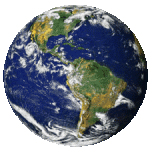 Climate Change got its own 2014 Year in Review on The Dake Page. It was a busy year indeed for the climate, with several major reports updated, some tentative but forward-looking gains made, and a historic agreement between China and the U.S., the two biggest carbon emitters across the globe. Ah, but major roadblocks still exist, not the least of which is how the media actually helps keep climate denial alive.
Climate Change got its own 2014 Year in Review on The Dake Page. It was a busy year indeed for the climate, with several major reports updated, some tentative but forward-looking gains made, and a historic agreement between China and the U.S., the two biggest carbon emitters across the globe. Ah, but major roadblocks still exist, not the least of which is how the media actually helps keep climate denial alive.
Finally, in a bit of sad news, I found out last night that one of my science teachers from high school passed away on Christmas day. Only last year did I reconnect with Rick Rafuse after many decades (along with other high school friends). His sudden passing is a shock. My condolences to his family and friends.
David J. Kent has been a scientist for over thirty years and is the author of Tesla: The Wizard of Electricity and the e-book Nikola Tesla: Renewable Energy Ahead of Its Time.
Follow me by subscribing by email on the home page. And feel free to “Like” my Facebook author’s page and connect on LinkedIn. Share with your friends using the buttons below.
Science Traveling Yosemite National Park
Yosemite National Park is arguably one of the most beautiful places on Earth. It certainly was inspiring enough to Galen Clark, John Conness, John Muir, and Abraham Lincoln – yes, Abraham Lincoln – for it to become our first federally protected land (later a national park). And having seen it close up, from the valley to the cliffs, I can see why they were so inspired.
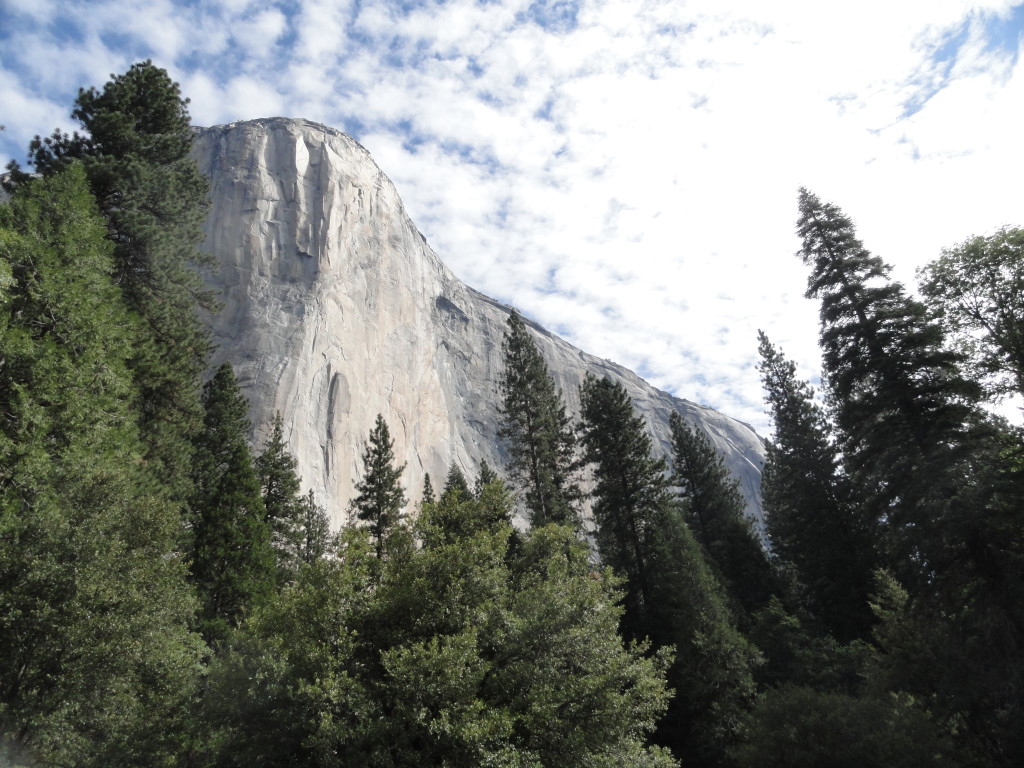
El Capitan – Yosemite National Park
Studying the science of Yosemite is awe-inspiring in itself. A series of glaciers slithered down an ancient river valley to cut the canyon. Thirty thousand years ago the valley was filled with seemingly living ice, carrying sixteen types of granite rock as it slowly inched its way downward. About 10,000 years ago, after the glaciers melted, you would have found that a moraine had dammed the Merced River near Bridal Veil Falls and created a shallow lake. Eventually that lake filled with sediment to leave the flat valley floor of present day Yosemite.
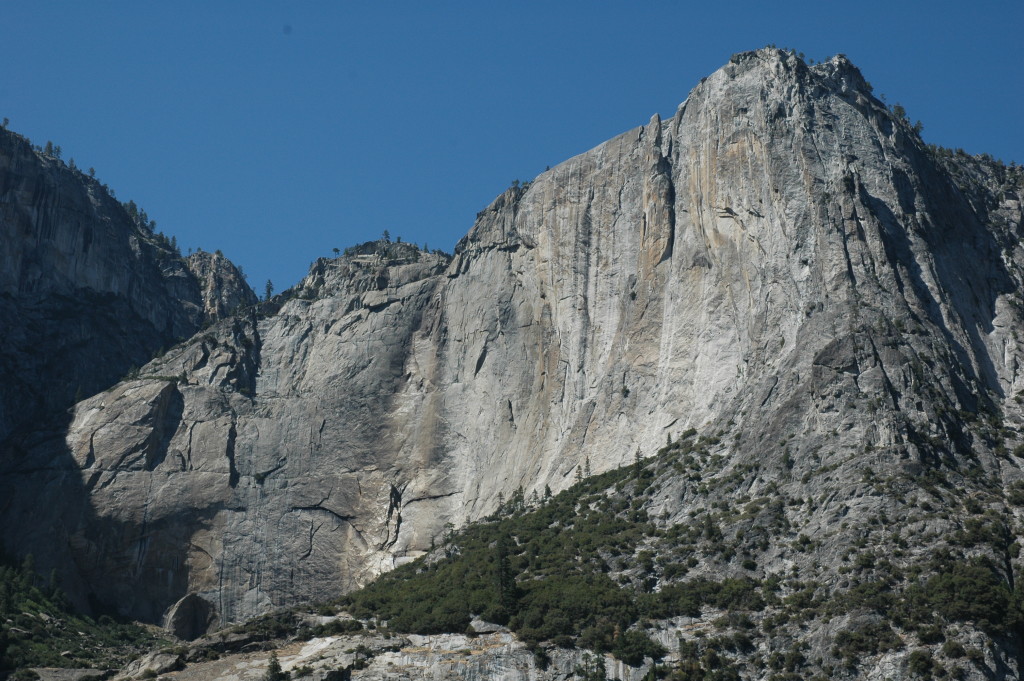
Yosemite Falls in drier times
El Capitan, the massive granite outcropping that epitomizes Yosemite, boasts the world famous Yosemite Falls. Except when it doesn’t. The thundering falls are actually quite ethereal, violently cascading over the cliff face in the spring as the winter snows melt, then dwindling down to nothing by late summer. As the photo above shows, the thin snow melt season, combined with California’s multi-year drought, has left its mark on the cliff walls where the falls once roared.
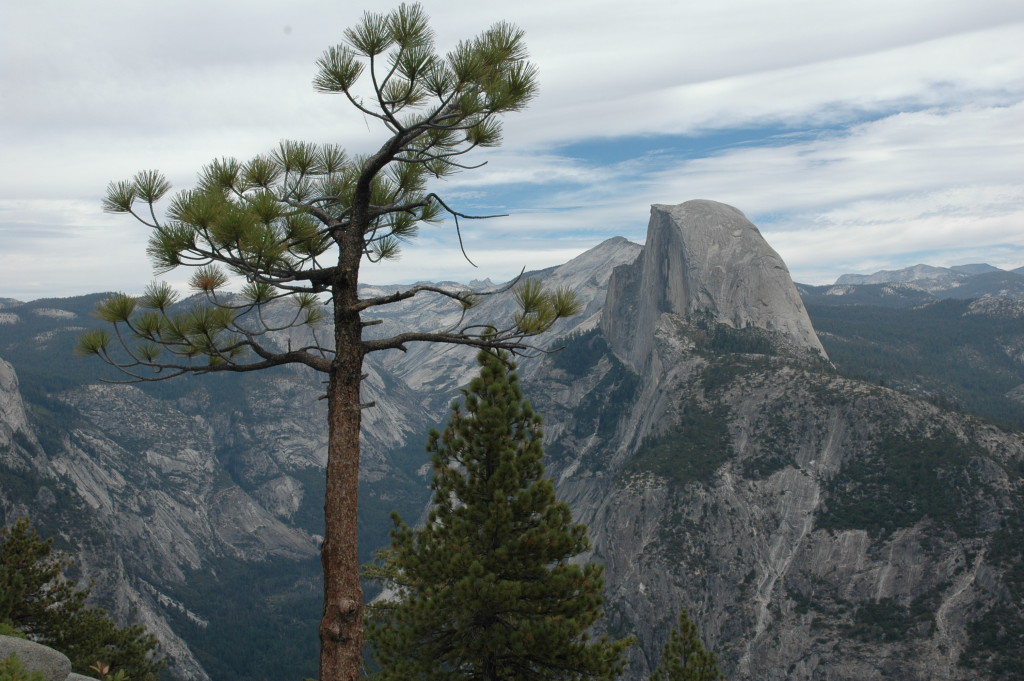
Half Dome from Glacier Point
The other iconic feature of Yosemite is Half Dome. Never a complete dome, it nevertheless has been shaped by millennia of glacial action, erosion, rock falls, and earthquakes to reach the smoothed and cut shape it has today. Just one of many domes in Yosemite, which hosts more domes than anywhere else on Earth, Half Dome is the result of a geologic process called “exfoliation,” where huge slabs of curved rock split off and fall to the valley below.

Mariposa Grove
But Yosemite shouldn’t all be taken for granite; the Park also encompasses the Mariposa Grove of Giant Sequoia trees. Once widespread in North America, Europe, and Asia, the Giant Sequoia now are limited to a few dozen sites on the western slopes of the Sierra Nevada mountains. Joined by their close cousins, the Coast Redwoods, these huge trees inspire one to gaze skyward and contemplate the majesty of the heavens.
I’ll pick up on the great trees in future posts as Science Traveling explores other National Parks…and beyond.
David J. Kent is an avid traveler and is currently working on a book about his experiences traveling in Argentina. He is also the author of Tesla: The Wizard of Electricity and the ebook Nikola Tesla: Renewable Energy Ahead of Its Time.
Follow me by subscribing by email on the home page. And feel free to “Like” my Facebook author’s page and connect on LinkedIn. Share with your friends using the buttons below.
Science Traveling Vancouver
I’m in Vancouver for the Society of Environmental Toxicology and Chemistry conference. The city is very environmentally aware; even the conference center has grass growing on its roof.

The surrounding mountains are beautiful.

Inside the conference center is a huge planet Earth that rotates so you can see from all sides.

There is much more science in this traveling. I’ll have more on the SETAC meeting during the week. Check out the organization at www.SETAC.org.
The Terra Cotta Warriors of Xi’an – Part II
This is Part II of experiencing the terra cotta warriors of Xi’an. You can read Part I here. Part I highlights the discovery of the warriors and gives some amazing views of the extent of the site. Part II takes a closer look at how the figures have been restored. The largest of the three pits housing these magnificant funerary art forms is mind-boggling in expanse and impressive in the sheer numbers of figures.
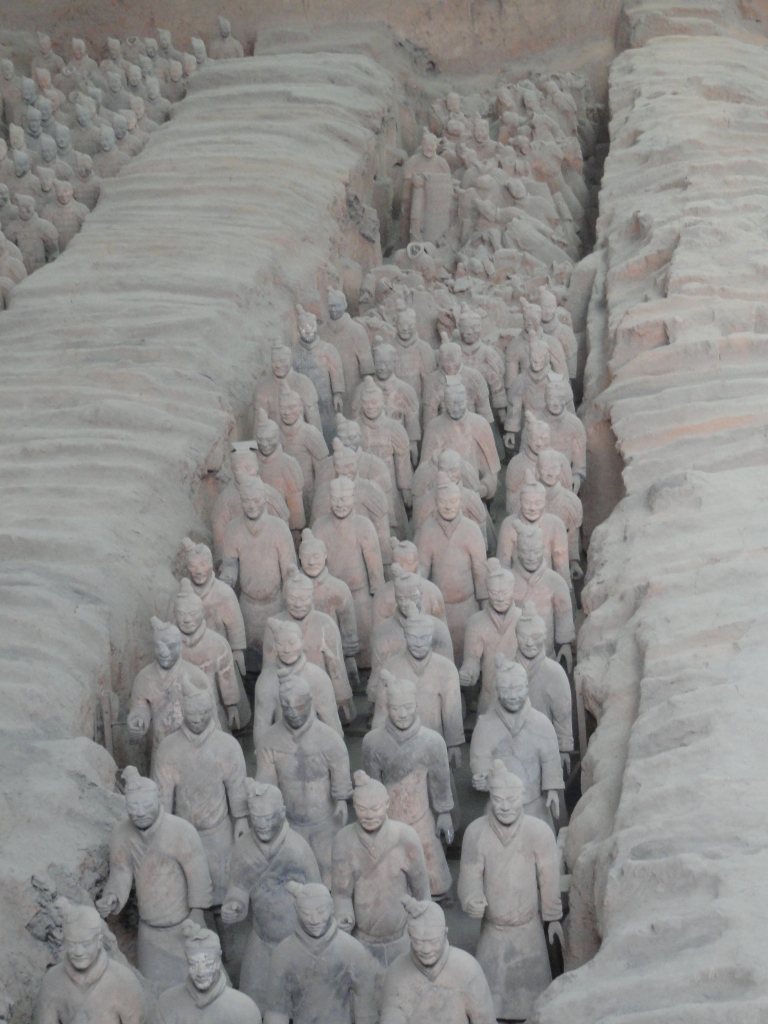
Getting to this point wasn’t easy. When the corridors were unearthed, most of the figures had been smashed. The painstaking work of reconstruction begins by excavating the spaces and systematically collecting the broken terra cotta shards.
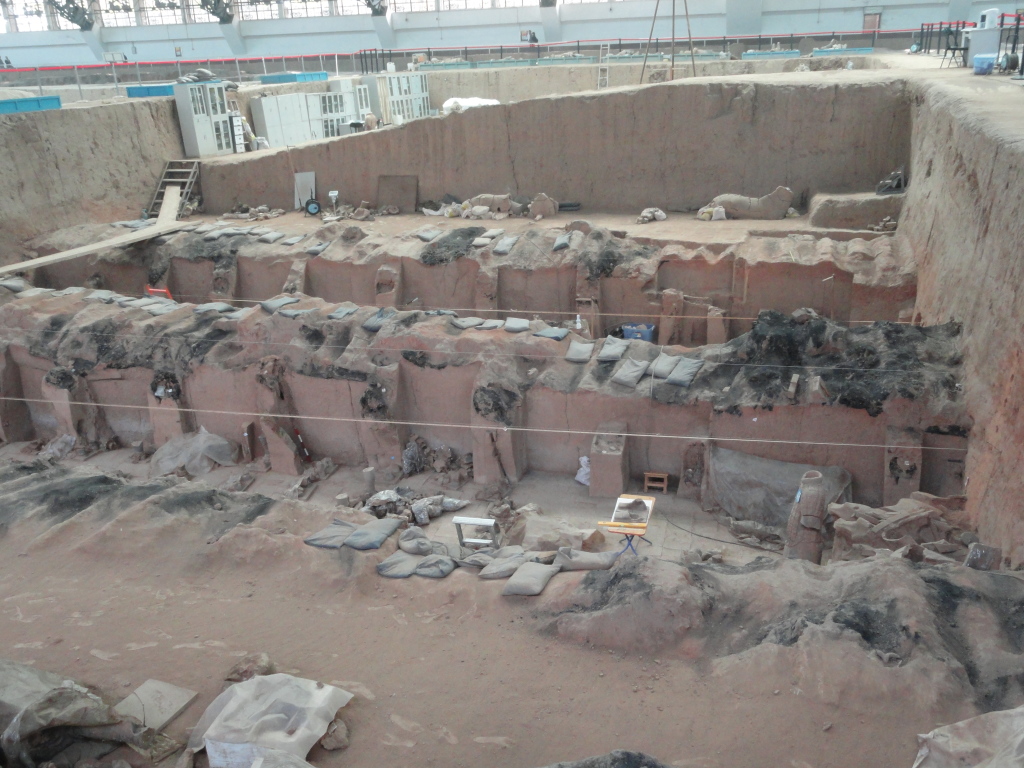
From there the pieces are brought to a laboratory area where workers combining the skills of artists, surgeons, and masons carefully rebuild each individual warrior. Supporting pieces, like legs and hands, are solid clay, while the upper bodies and heads are usually hollow for lightness.
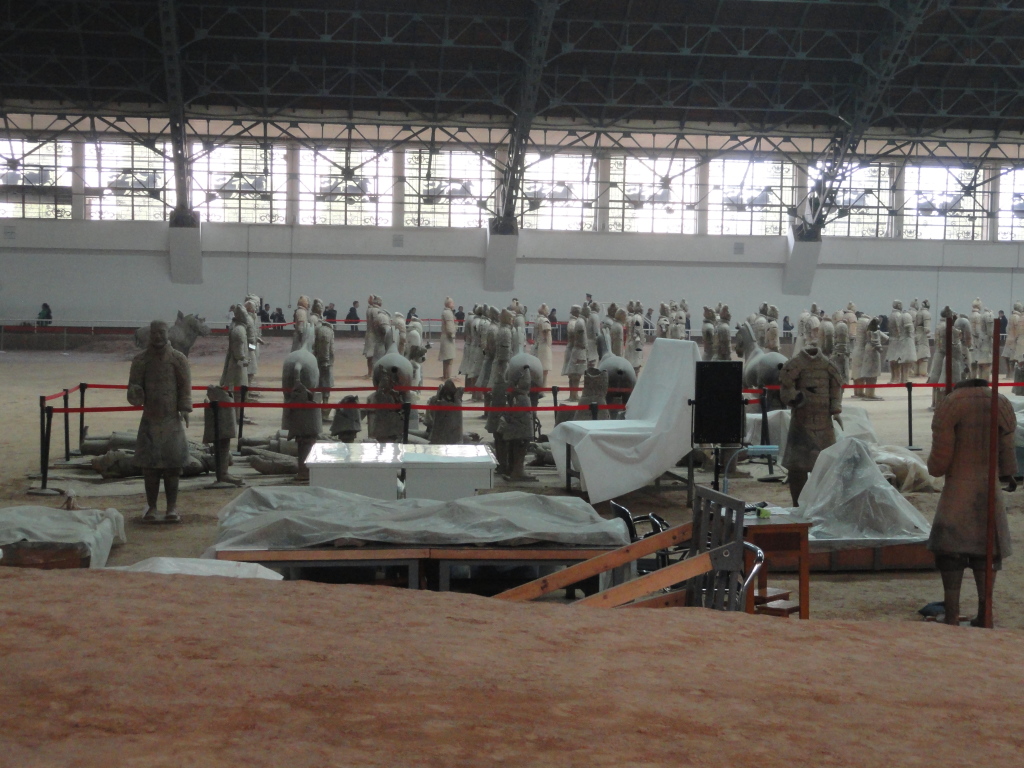
Almost done, some only have to wait for heads.
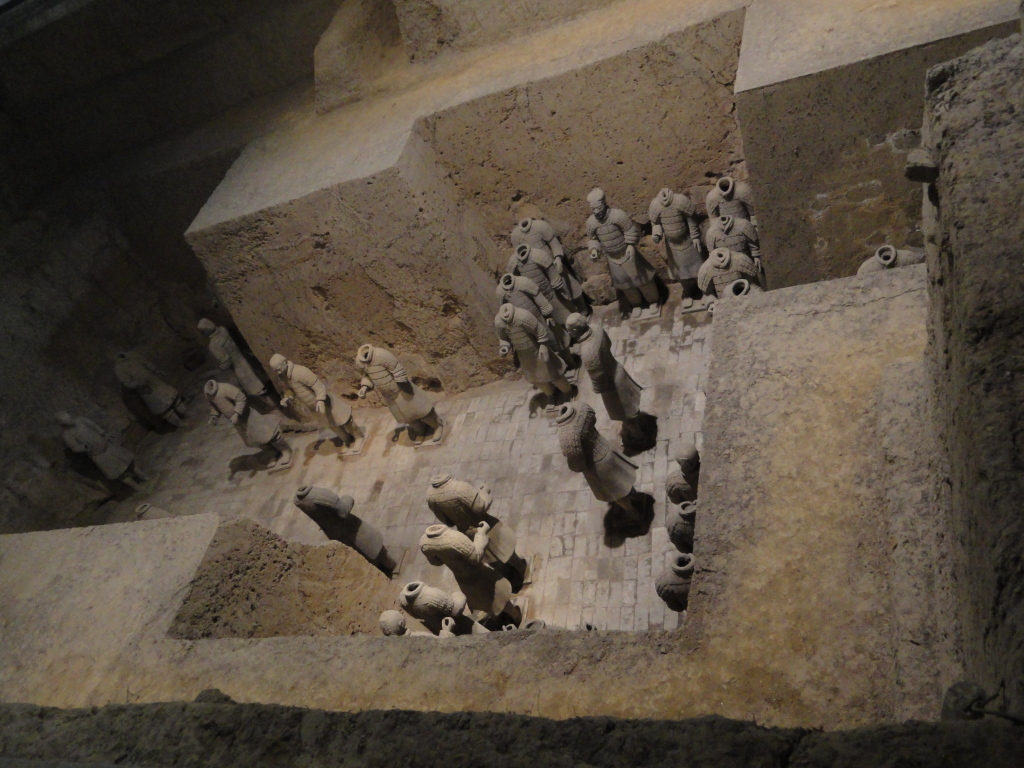
At a first cursory glance of the reconstructed figures they look exquisitely plain. This is misleading. Originally, the figures were coated in wondrous color, which immediately began to fade to the gray you see now as a result of oxidation and mold when the pits were exposed to the moist air. If you look closely at some of the figures, such as this pair of horses, you can seen hints of what they may have looked like when they were created.
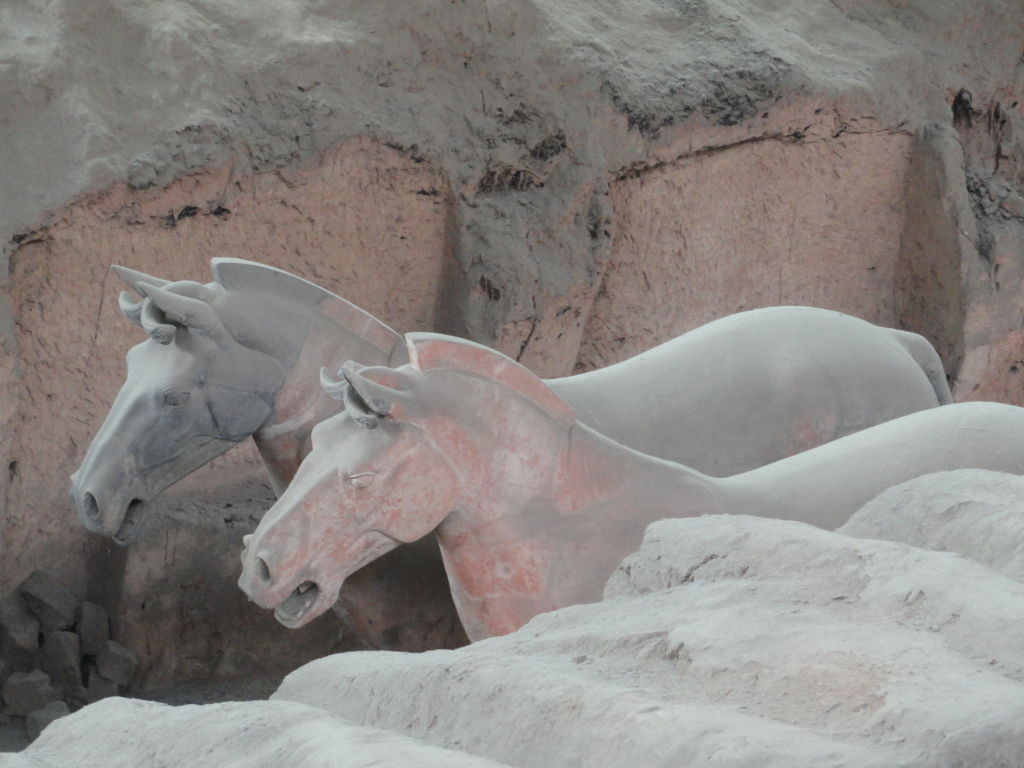
Even these don’t do them justice. These fallen (or perhaps resting) warriors show the full range of color that graced the terra cotta. Among the colors are purples composed of barium copper silicate, as well as pink, red, white, and lilac.
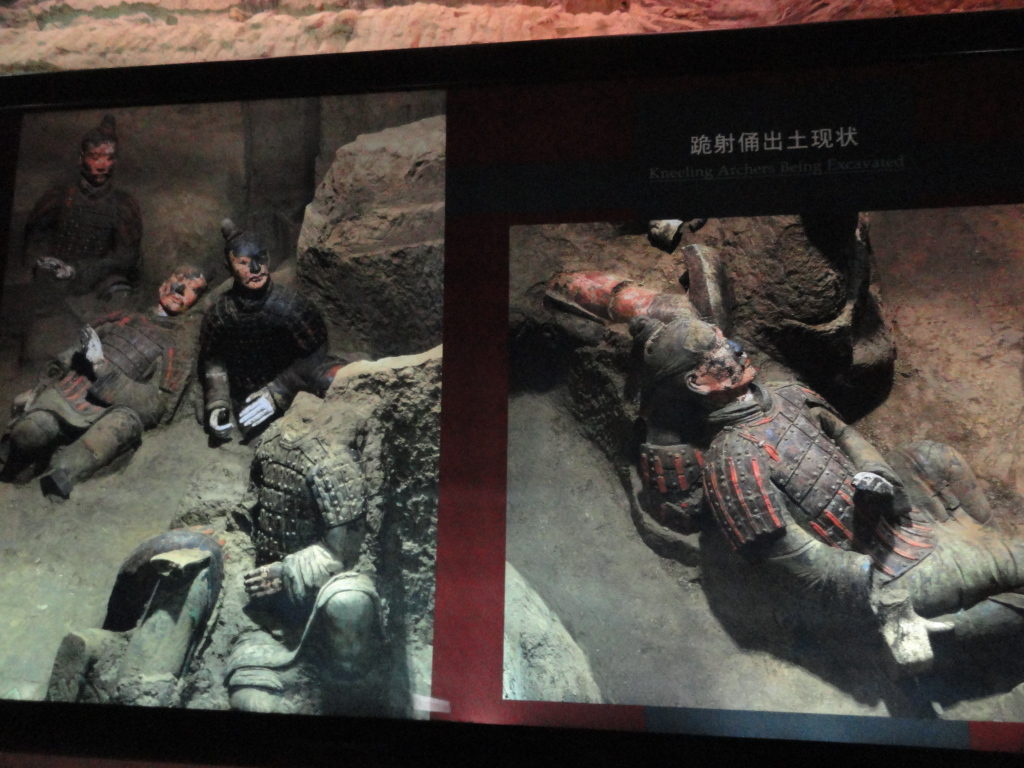
But still the figures are awe-inspiring. What they have lost in color they retain in sheer numbers and the knowledge of how much effort was involved in creating the thousands of figures. One can’t help but be equally impressed by the effort being made to restore the figures and the site.
Xi’an takes some planning to get to from Beijing, Shanghai or Hong Kong, but it’s well worth the effort. And if you haven’t already, check out Part I of the terra cotta warriors of Xi’an here.
David J. Kent is an avid science traveler and the author of Lincoln: The Man Who Saved America, in Barnes and Noble stores now. His previous books include Tesla: The Wizard of Electricity (2013) and Edison: The Inventor of the Modern World (2016) and two e-books: Nikola Tesla: Renewable Energy Ahead of Its Time and Abraham Lincoln and Nikola Tesla: Connected by Fate.
Check out my Goodreads author page. While you’re at it, “Like” my Facebook author page for more updates!
[Daily Post]
Experiencing the Terra Cotta Warriors of Xi’an – Part I
If you’ve never been to Xi’an, you’re missing one of the world’s greatest wonders. This ancient megacity is one of the four great dynastic capitals of China. The two Chinese characters making up the name of Xi’an mean “Western Peace;” ironic given that it is the location of the Terra Cotta Army of Emperor Qin Shi Huang.
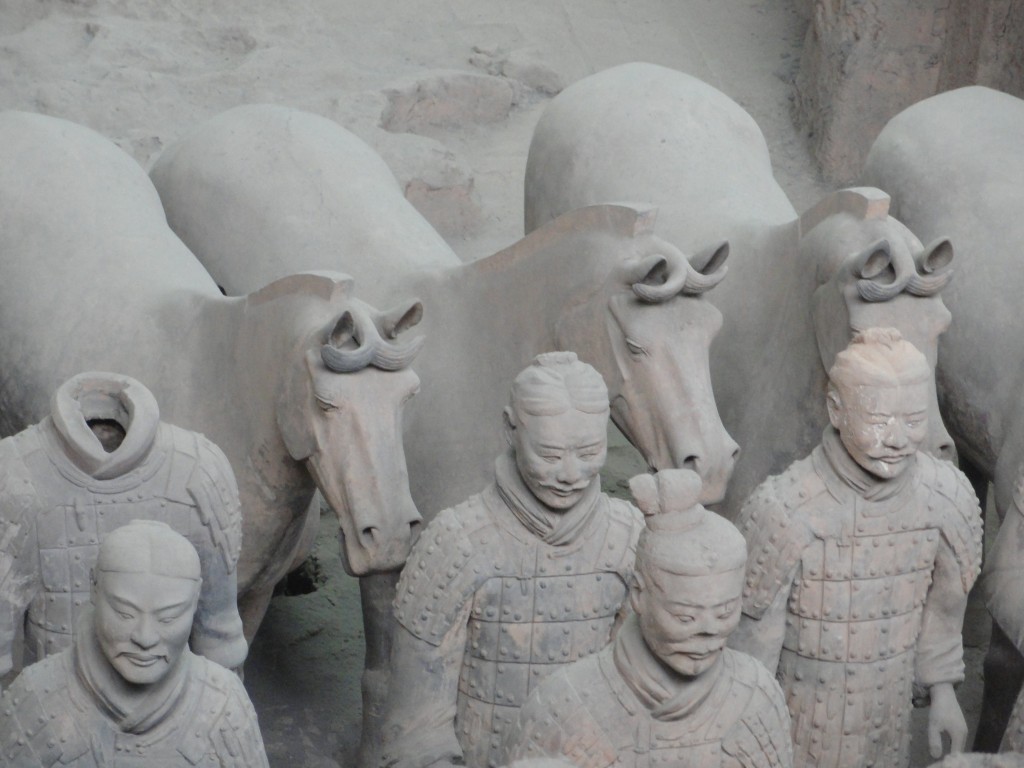
Discovered only in 1974 by local farmers digging a well, the terra cotta warriors of Xi’an have become one of the most awe-inspiring funerary art forms in the world today. Built around 210 BCE, the pottery figures were buried with the emperor to protect him in the afterlife. The scale of the burial site is impressive. As you first enter the enclosure covering Pit 1 – the largest of four that have been uncovered – it’s like walking into a football stadium.
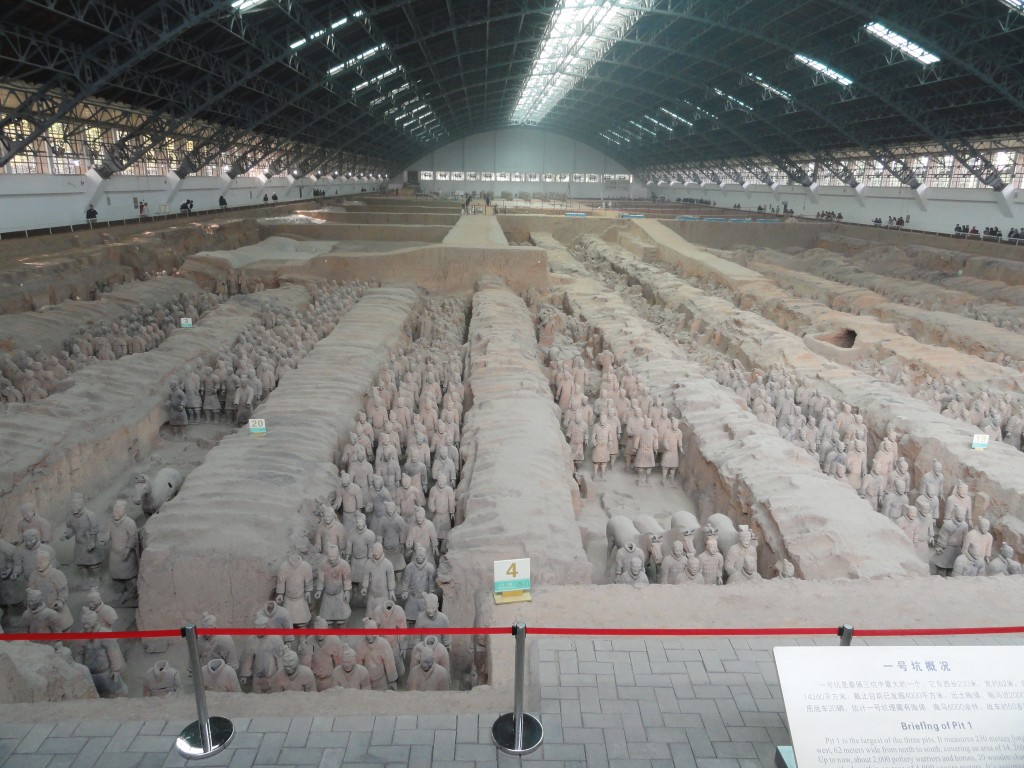
To date approximately 2,000 warriors and horses, along with about 20 wooden chariots, have been unearthed in a space of about 4,000 square meters. This is only a small proportion of the total area still to be uncovered, which is anticipated to include more than 6,000 warriors and horses and 50 chariots in an area of over 14,000 square meters. Even more impressive is that the figures aren’t simply copies of each other; there are warriors representing middle and high ranking officers, cavalrymen (with their steeds), archers, infantrymen, and war chariots, all ready to march into battle to protect their emperor. Two other pits contain what appear to be a military guard and a command center. A fourth pit is empty and presumably was a work in progress.
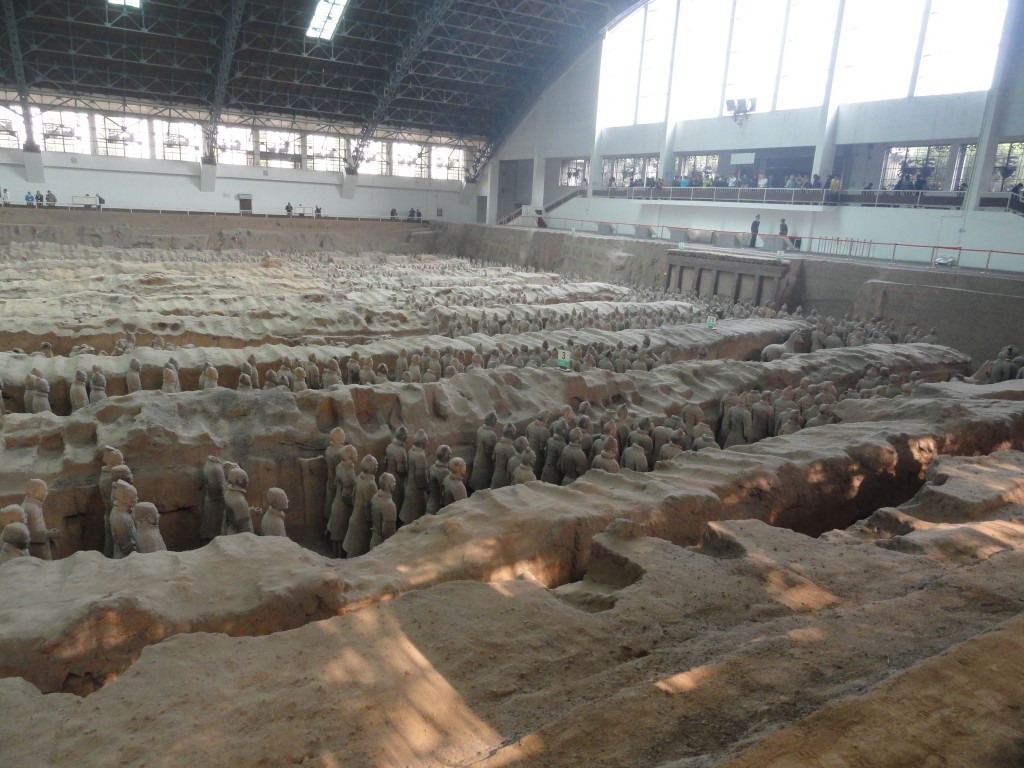
You can’t help but stare in awe at the massive clay army lined up in 11 corridors making up the expanse of Pit 1. The more intimate views of Pits 2 and 3 are equally inspiring. But in a way, all these views are misleading. When the pits were first located the figures were largely broken into pieces, some large, some miniscule. Workers have spent myriad hours cataloging the shards and reconstructing the figures.

I’ll explore the reconstruction in Part II of this series on the terra cotta warriors, including a revelation about what colors were discovered. Yes, I said colors. Tune in for more in Part II.
David J. Kent is an avid science traveler and the author of Lincoln: The Man Who Saved America, in Barnes and Noble stores now. His previous books include Tesla: The Wizard of Electricity (2013) and Edison: The Inventor of the Modern World (2016) and two e-books: Nikola Tesla: Renewable Energy Ahead of Its Time and Abraham Lincoln and Nikola Tesla: Connected by Fate.
Check out my Goodreads author page. While you’re at it, “Like” my Facebook author page for more updates!
Grand Palace Guard – Bangkok, Thailand
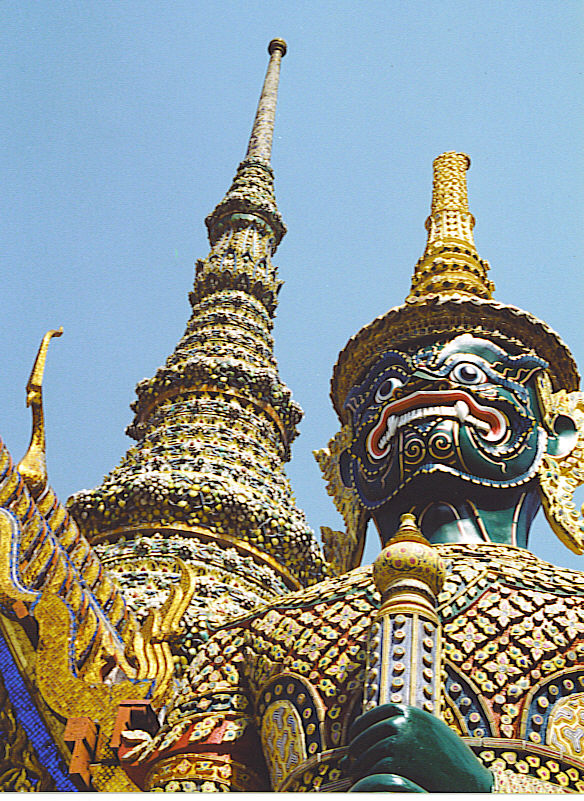
A close up look at one of the guardsman standing watch over a temple in the Grand Palace, alongside the Chao Phraya river in Bangkok, Thailand.
This is a preview of future posts on Thailand. Follow the link for a look at my adventures riding elephants in search of tigers and gibbons in Khao Yai, a major national park in Thailand.
David J. Kent is an avid traveler and is currently working on a book about his experiences traveling in Argentina. He is also the author of Tesla: The Wizard of Electricity and the ebook Nikola Tesla: Renewable Energy Ahead of Its Time.
Vietnam for Americans – Redux
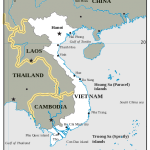 I went to Hanoi before going to Hanoi became cool. Long after the Vietnam War but before the United States normalized relations with the unified communist nation, my first major trip out of the country was to a place that remains very much foreign to most Americans.
I went to Hanoi before going to Hanoi became cool. Long after the Vietnam War but before the United States normalized relations with the unified communist nation, my first major trip out of the country was to a place that remains very much foreign to most Americans.
I posted about the trip two years ago but since then much has happened and many new people have come into my writing life. So I’m linking to the two posts below for those who may not have seen them.
Part 1: Hanoi on a Half-Shell: My initial impressions, the “shoe road,” and handmade silk shirts.
Part 2: A Cup of Tea and a Conversation I Didn’t Understand: Eating noodles while squatting on the street, and the best conversation I’ve ever had in which I didn’t understand a word that was said.
I hope you enjoy reminiscing with me…and getting a glimpse of a place most people will never see in person. I’ll have more on Vietnam (and other places) in the future here on Science Traveler.
David J. Kent is an avid traveler and is currently working on a book about his experiences traveling in Argentina. He is also the author of Tesla: The Wizard of Electricity and the ebook Nikola Tesla: Renewable Energy Ahead of Its Time.










